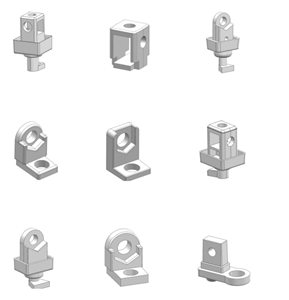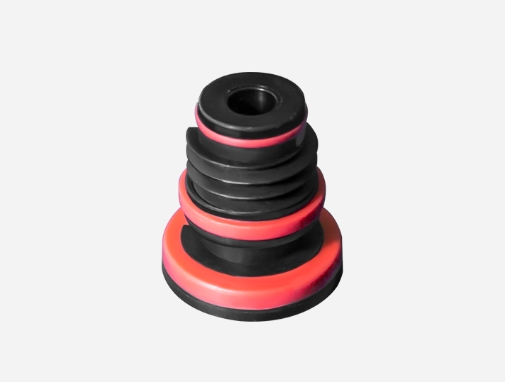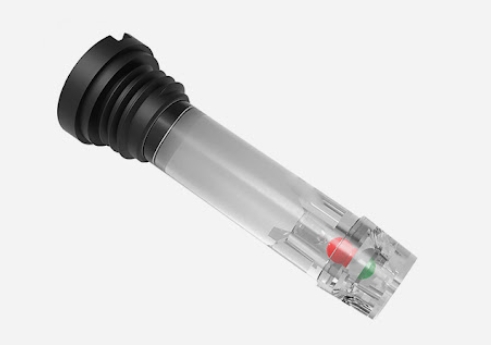Causes of corrosion and discoloration of the negative electrode of automobile battery terminals
- By: JinHan
- Feb 13,2023
follow us
In the actual production process, it is often encountered that the battery terminals are inexplicably corroded and discolored, and most of them occur in the negative electrode.
Corrosion phenomenon description:
1. Complete fracture: occurs at the root of the terminal (the contact area between the sealant and the terminal);
2. Peeling of the coating: occurs at the root of the terminal (the contact area between the sealant and the terminal);
3. Discoloration of the terminal: no obvious corrosion marks, The plating also did not peel off, but the color of the terminals changed significantly.
Reasons for the above failures: The existence of corrosive media is the root cause of all kinds of corrosion. If we can eliminate the existence of corrosive media, corrosion will not occur. In the production practice of lead-acid batteries, it is impossible to completely eliminate the existence of corrosive media. Therefore, the requirements for terminals are relatively high corrosion resistance. Therefore, lead-acid battery terminals mostly use lead as the positive/negative electrode, or use copper material electroplated with silver, lead-tin and other corrosion-resistant coatings as the positive/negative electrode.
The corrosion resistance of the electroplating layer has certain limitations, only within the range of the thickness of the coating, beyond the protection range of the thickness of the coating, terminal corrosion is inevitable. For example, the silver-plated terminals we produce can be immersed in dilute sulfuric acid with a density of 1.32 for more than 15 days at room temperature, and with acid (soaked in dilute sulfuric acid with a density of 1.32 for a few minutes and taken out) in the air for more than 96 hours without corrosion. Despite this, some battery manufacturers still encounter the problem of terminal corrosion, and the cause is mostly caused by electrochemical corrosion.
When a lead-acid battery is working, the current flows from the positive electrode to the negative electrode, while the electrons flow in the opposite direction, from the negative electrode to the positive electrode. If there is acid on the lid of the battery, a circuit will be formed between the positive and negative electrodes while the battery is in place to keep the battery in working condition. In the negative electrode, due to the release of electrons, the plating layer and substrate of the negative electrode terminal are oxidized, and then corrosion occurs. The slightest corrosion appears as discoloration.
How can we avoid electrochemical corrosion in battery production?
1) After filling with acid, clean and wipe the middle cover of the battery;
2) During the charging and discharging process, avoid the overflow of sulfuric acid and form a loop between the positive and negative electrodes; if any overflow of sulfuric acid is found, it should be cleaned up in time;
3) After the battery production is completed, the residual acid on the battery must be cleaned, the packaging box must be dried, and stored in a dry environment. If there is residual acid in the middle/upper cover of the battery, it is easy to regain moisture and form a circuit in a humid environment, causing electrochemical corrosion.
--End--

 English
English Russian
Russian Portuguese
Portuguese Arabic
Arabic Bangla
Bangla Indonesian
Indonesian








